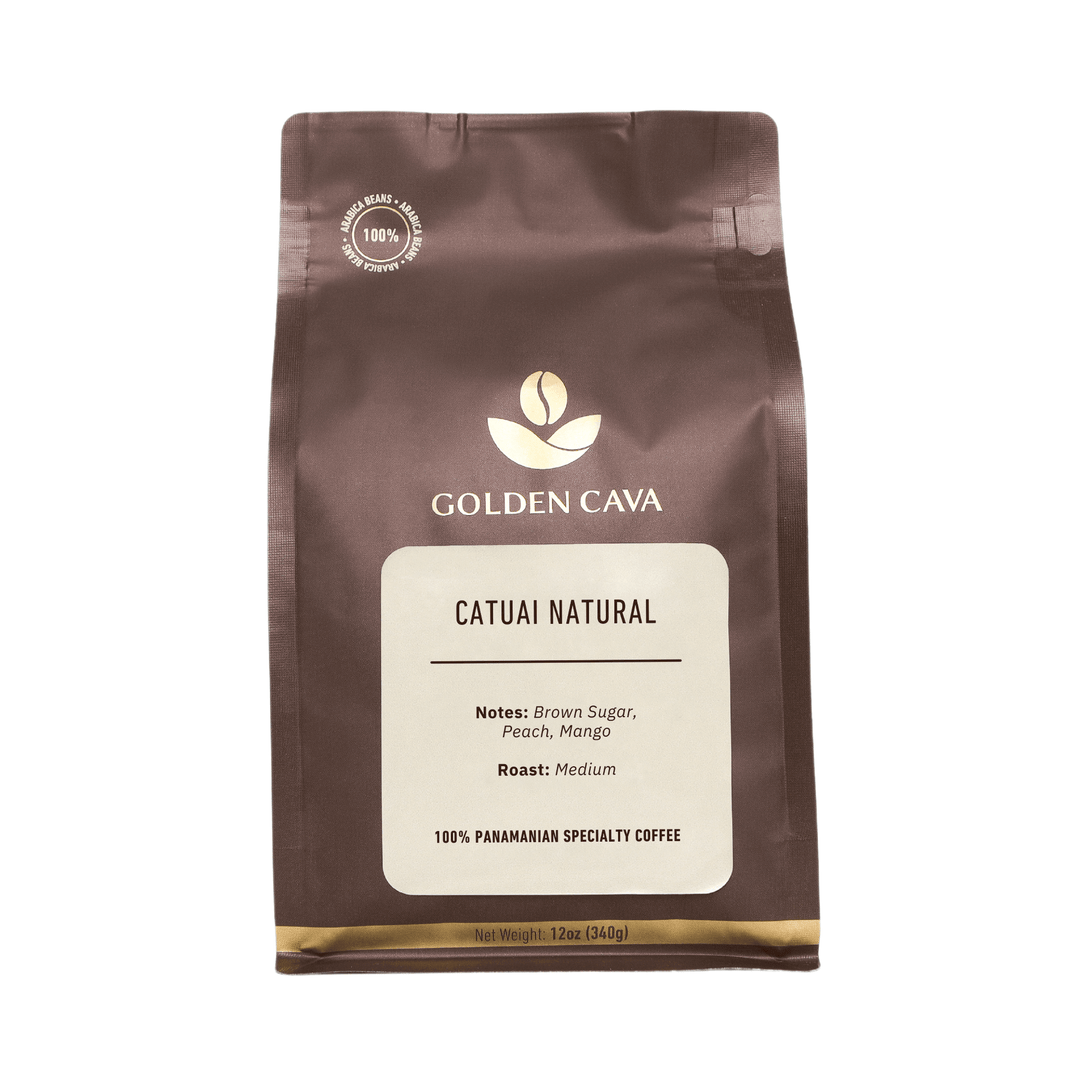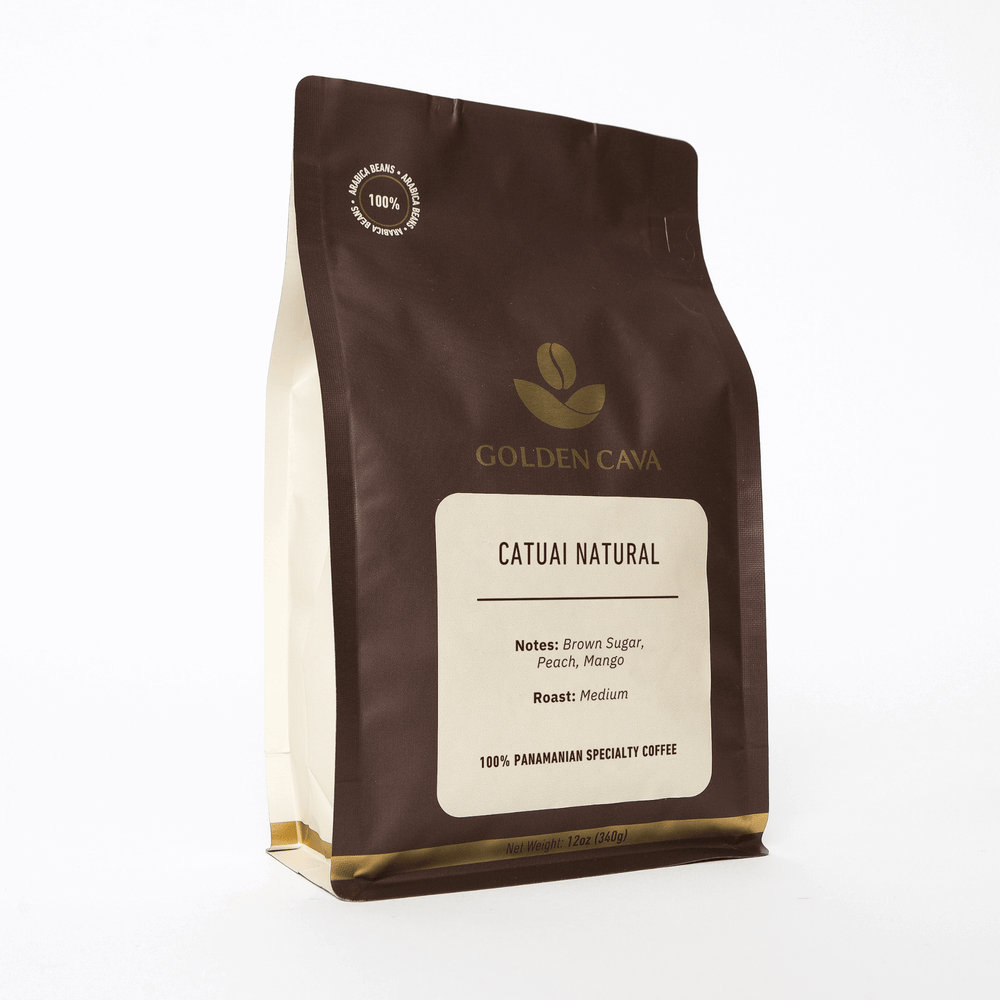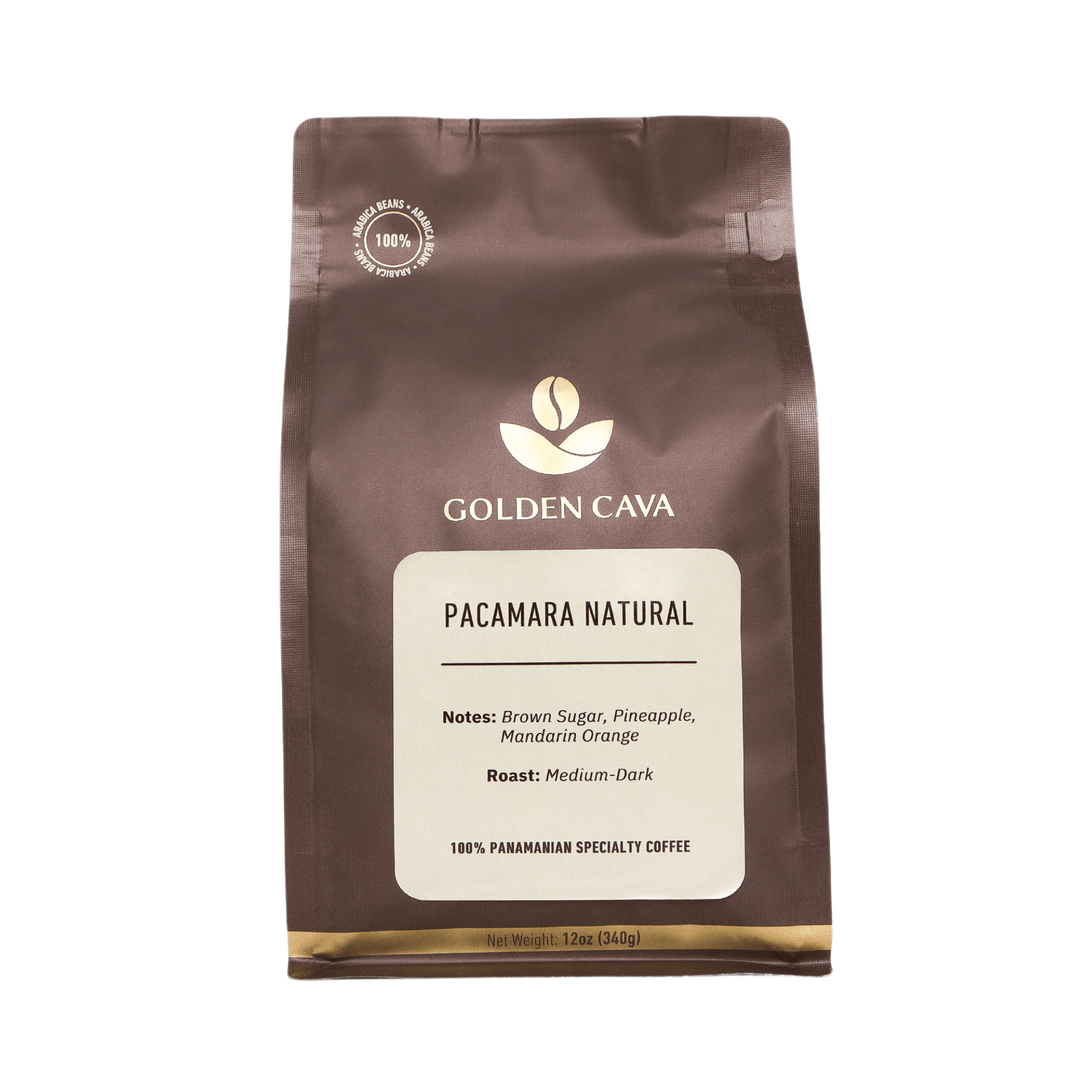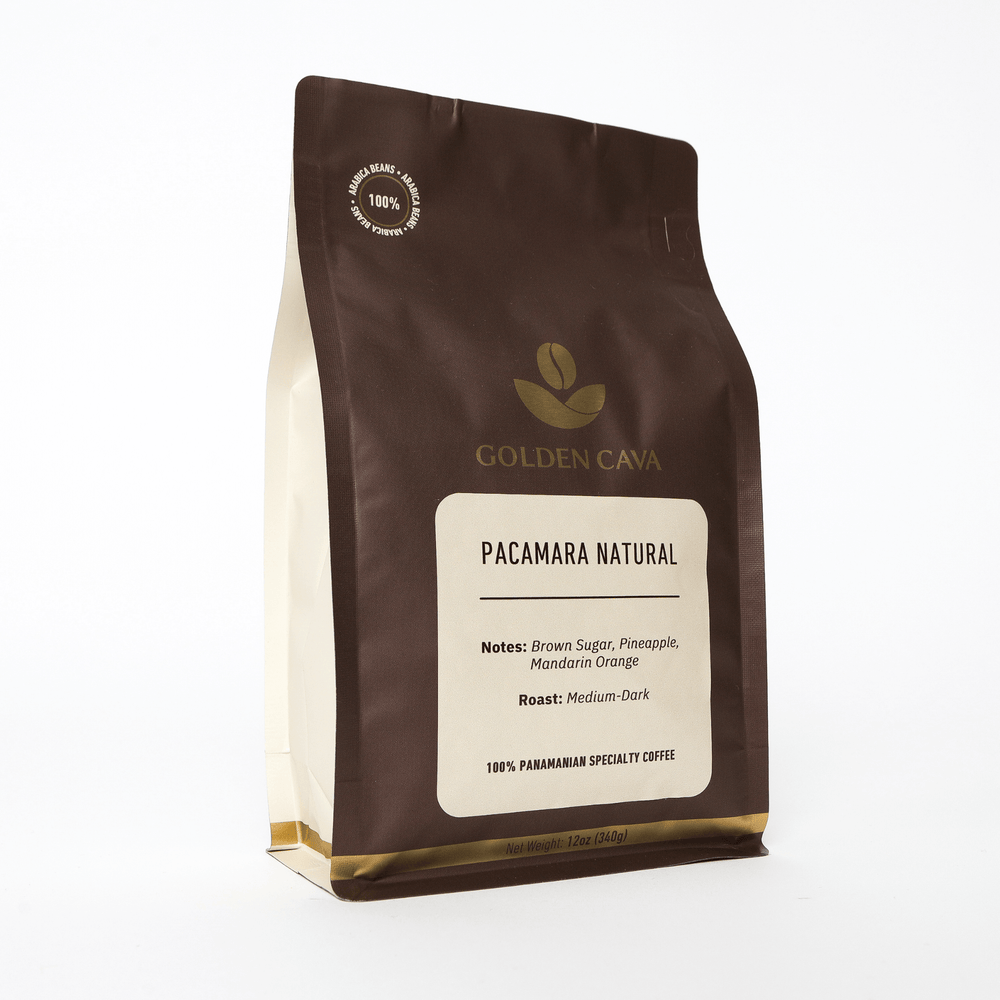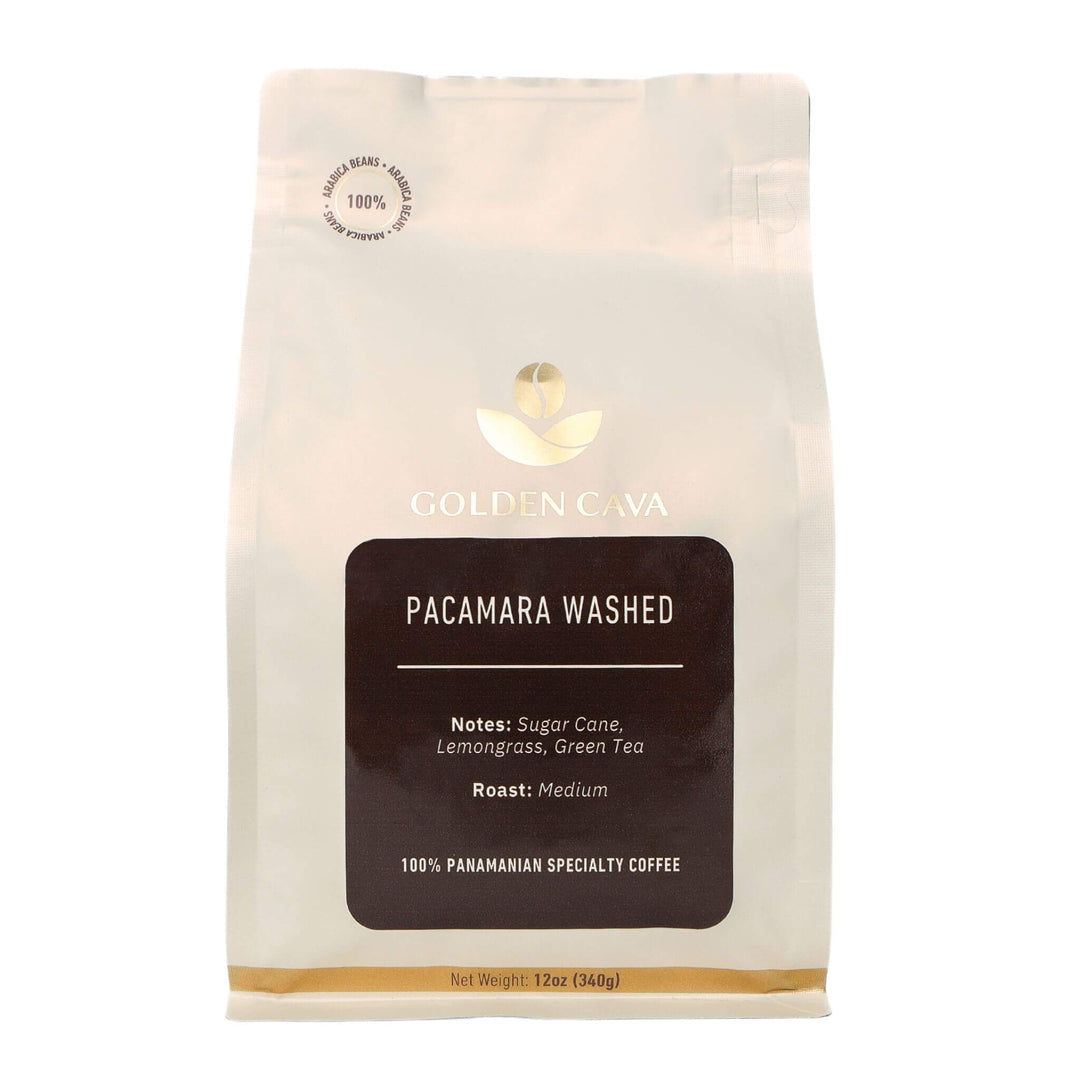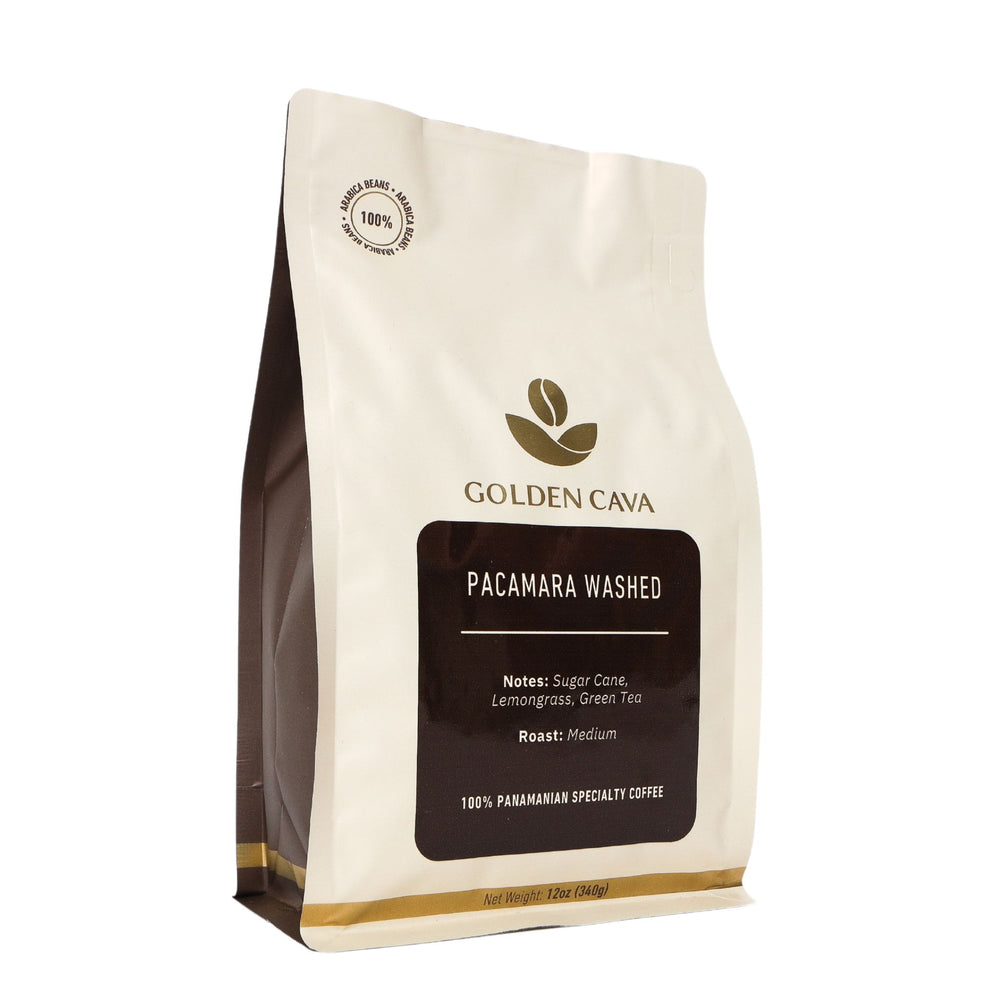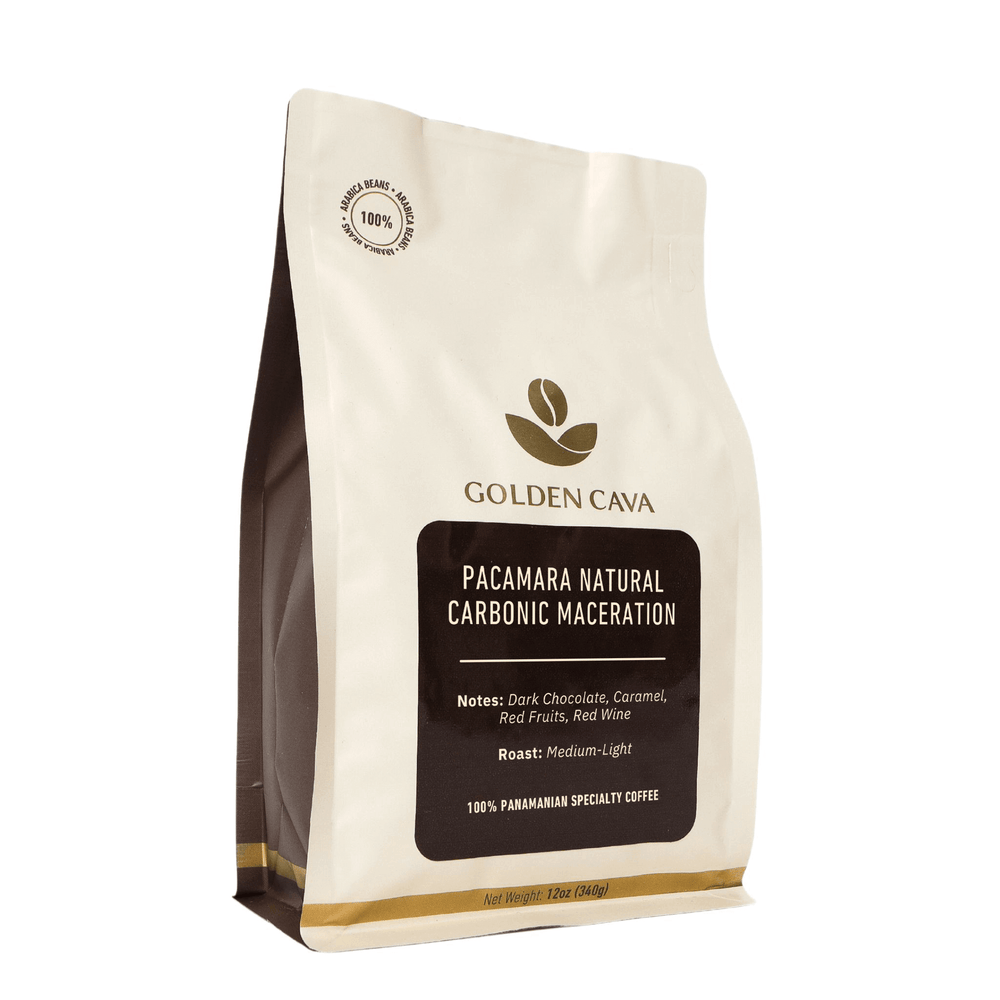In the grand coffee arena, where beans compete for flavor supremacy, two caffeinated champions frequently take center stage: the cortado and the latte. These espresso heavyweights may appear to be two peas in a pod, but they are as dissimilar as chalk and cheese.
In this blog post, we dive deep into the choice between a cortado vs latte. It's your ultimate guide to the delicious universe of cortados and lattes, uncovering their unique flavors, brewing techniques, and stories. Plus, we'll spill the beans (pun intended) on brewing tricks and serving tips, turning you into a coffee pro in no time.
Hold on to your mugs, people! By the end of this espresso-fueled adventure, you'll appreciate the subtle charm of cortados and lattes and be able to choose your winner based on your palate.
Table Of Contents:
- 1. What is a Cortado?
- 2. History of Cortado
- 3. What is a Latte?
- 4. History of a Latte
- 5. Differences Between Cortado and Latte
- 6. Brewing Techniques for Cortado and Latte
- 7. Serving Suggestions for Cortado and Latte
- Frequently Asked Questions
- Frequently Asked Questions Cortado vs Latte
- Conclusion
1. What is a Cortado?
What's a cortado, you ask? Picture a Spanish matador, elegant, daring, and undeniably captivating - the essence of a cortado, the espresso warrior hailing from Spain, now a global sensation amongst specialty coffee aficionados. The word 'cortado,' Spanish for 'cut,' aptly describes this brew - it's a classic tale of espresso softened, or 'cut,' with a touch of steamed milk.
Our compact hero, typically served in a 4-ounce glass or cup, is about equilibrium. It's the perfect marriage of equal parts of espresso and lightly frothed milk, creating a flavor symphony where both elements shine without overshadowing the other. The cortado's true charm lies in its harmony, a delicate dance of intense espresso and mild milk that makes every sip a sheer delight.
Key Components:
- Espresso: A single or double shot forms the base for this beverage.
- Milk: Steamed milk with minimal foam creates a velvety consistency that complements the boldness of espresso.
- Glassware: Traditionally served in small glasses or cups (around 4 ounces) to maintain temperature control and optimal flavor balance.
Much like a chameleon, the cortado taste has evolved, colorfully adapting to the changing tastes of coffee lovers around the globe. This isn't your grandma's cortado anymore! Today's baristas are painting with a broader palate, playing with the classic coffee-to-milk ratio, and even adding alternative milks to the mix. Ever fancied an oat milk cortado? How about a soy cortado? The cortado canvas is yours to paint. Regional spins like the Cuban cortadito versus the Spanish cortado add even more diversity to this coffee art.
Now, to understand our adaptable amigo better, let's time-travel back to its roots in early 1900 Spain. Let’s open the coffee history book and take a look at it.
2. History of Cortado
Picture this - Spain, early 20th century, bustling cafes in the Basque Country serving a unique coffee beverage that leaves patrons smitten. Meet the cortado, a coffee celebrity that's all the rage among coffee connoisseurs and globe-trotters today. The name, derived from the Spanish verb 'cortar' - to cut or divide - paints a perfect picture of the drink: espresso 'cut' with equal parts of steamed milk, a flavor nirvana that's smooth and balanced. This is where cortado originated.
The exact birthplace of the cortado and cortado tastes are still shrouded in mystery. Still, whispers suggest it was born out of a mid-morning caffeine ritual of Basque workers, who wanted to enjoy their break without overloading on caffeine. From there, the cortado's fame traveled through Spain, Portugal and reached Latin America, turning heads.
Today, the cortado is shipped successfully worldwide, thanks to its unique taste and charming presentation. Many specialty coffee shops deserve a hat tip for introducing this Spanish superstar to new fans, showing how it stands tall amidst espresso giants like lattes and cappuccinos.
Cultural Significance of Cortado
The cultural significance of cortados cannot be understated; they represent a beloved part of daily life for many Spaniards and serve as an important symbol within Spanish word society. Ordering a cortado isn't just a menu choice; it's a statement of sophistication and a testament to your refined coffee palate. The cortado has brewed its way into the heart of Spanish life, adding a unique flavor to their cultural fabric.
- Tertulias: Tertulias, or informal gatherings where people gather over food or drinks (including cortados) to discuss various topics, have historically played an important role in Spanish culture. These gatherings were frequently held in cafes, where cortados were served alongside lively conversation.
- Spanish Coffee Culture: Cortados are an important part of Spain's rich coffee culture, emphasizing socializing and taking daily breaks to enjoy coffee with friends or colleagues. This tradition is still seen today in cities such as Madrid and Barcelona, where locals gather at their favorite cafes during work hours for a cortado break.
In essence, the history of cortado is inextricably linked to the history of Spanish society; it serves as both a symbol of cultural identity and an enjoyable beverage that brings people together over shared experiences. Don't forget to appreciate the unique story behind each drink, including the humble yet captivating cortado, as you explore the world of specialty coffees through your senses with Golden Cava.
Cortado's history is an intriguing journey through the origins and evolution of this traditional coffee beverage. Cortado is a popular beverage that originated in Spain and has since spread worldwide. Moving on to our next topic, let's look at what constitutes a Latte.

3. What is a Latte?
A latte, short for "caffe latte," which translates to "milk coffee" in Italian, blending espresso's daring strength with steamed milk's silky luxury. This delightful drink has rocked stages in coffeehouses across the globe, winning fans with its versatile hot and cold renditions. From icy summer afternoons to chilly winter nights, the latte is the ever-ready, ever-delicious choice, perfect for any coffee moment!
Key Characteristics of a Latte
- Espresso: A typical latte contains one or two espresso shots, providing its distinct flavor and caffeine kick.
- Milk: Steamed milk makes up most of this drink's volume, giving it its signature creaminess and smooth texture.
- Foam: A thin layer of frothy milk foam tops off each latte, adding visual appeal and enhancing its mouthfeel.
Lattes are enticing. They are served in larger cups than most espresso drinks due to the milk. Yes, personalization! Anyone for vanilla? Swirl of caramel? Simple as that! Most cafes offer soy, almond, and oat milk lattes to vegans. Your preference is important.
The Origins & Cultural Contexts Surrounding Lattes
Latte art is a showcase for baristas. They make beautiful patterns and designs by pouring steamed milk into espresso. It improves your coffee-drinking experience.
Where did the latte adventure begin? It's a late-nineteenth-century Italian story. In 1867, William Dean Howells' book "Italian Journeys" introduced the term "caffe latte" to English. Lattes only gained popularity outside of Italy in the late twentieth century.
What sparked the latte's popularity? The rise of specialty coffee shops and espresso bars in the 1980s and 1990s. These establishments grew in popularity after they began serving lattes. When people began appreciating good coffee, baristas, and lovers became more inventive. Nowadays, every cafe has a latte menu with a plethora of options ranging from pumpkin spice to mocha. Lattes were popular all over the world.
Latte's Global Influence
Not only in Europe, but lattes have also spread their influence to Asia and North America. Some countries have developed their unique twists on this beloved beverage:
- Australia & New Zealand: The flat white is a popular variation with less milk foam than a traditional latte, resulting in a stronger coffee flavor.
- Spain: Cafe con leche is Spain's answer to the latte; it features equal parts espresso and steamed milk without any foam on top.
- Korea: The misugaru latte combines ground grains like barley or black sesame seeds with steamed milk for added texture and nutty flavors.
No matter where your journey takes you or what your taste buds are into, there's probably a dreamy piccolo latte waiting for you just around the corner. The latte, famous for its silky-smooth texture and unique taste, has grown popular with time. With its distinct flavor, this smooth operator has found a special place in people's hearts, and naturally, it's now a mainstay in the global coffee scene.
With such a huge worldwide fan base, the latte has quite the tale to tell. Let's turn back the pages and explore this fantastic drink's history. It's time to discover how the latte went from another espresso-based drink to a cornerstone in today's coffee culture.

4. History of a Latte
So, the latte, this star of the coffee world, started its journey back in the 17th century in Italy. Fancy, right? The word "latte" comes from the Italian phrase "caffe latte," which translates to 'milk coffee'. And let me tell you, this milky brew took Europe by storm before setting its sights on America, where it became a hit early in the 20th century.
In the traditional Italian scene, people typically enjoyed lattes as part of their breakfast, probably because of the creamy milkiness of the drink. But this breakfast treat has evolved over time into an anytime-of-the-day kind of beverage. Fast forward to now, and you'll find lattes in every shape and form on coffee menus all around the globe.
The Evolution of Lattes: From Classic to Artistic Creations
- The Traditional Caffe Latte: A simple combination of espresso and steamed milk with a small layer of frothed milk.
- Iced Latte: A refreshing twist on the classic latte made by pouring espresso over ice and adding cold milk or cream.
- Cafe au Lait: Similar to caffe latte but uses brewed coffee instead of espresso for a milder flavor profile.
- Latteria-style Milk Coffee: An old-school Italian variation where hot water is added first, followed by espresso, and then topped off with warm milk - ideal for those who prefer less foam in their lattes.
Beyond these variations lies an entire world dedicated solely to creating intricate designs using milk foam, known as latte art. This skillful technique has transformed the humble latte into a canvas for baristas to showcase their creativity and passion for a well-balanced coffee.
Latte's Impact on Coffee Culture
The latte has undeniably left its mark on global coffee culture because coffee drinkers are becoming more knowledgeable about brewing methods, flavor profiles, and fun coffee variations.
Lattes are popular because they are easy to drink. They taste great and, like chameleons, can change flavors. Are you a fan of syrup? No worries. Are you a fan of spices? That's also cool.
Almond, soy, oat, and coconut milks have also gained traction. The latte experience has been enhanced. Every day, creative baristas worldwide are rewriting the latte's history.
The latte's meteoric rise to fame in early twentieth-century Italy is remarkable. Instead, let's compare a cortado and a latte.

5. Differences Between Cortado and Latte
Now we've arrived at the exciting part! Let's talk about what distinguishes a cortado from a latte. We have these two fantastic espresso-based drinks, right? They've both won the hearts of coffee lovers worldwide, but they're not twins—each has a distinct personality. We'll look at everything from the ingredients to how they taste, the caffeine content, how the milk is made, how many calories they have, and even how they're served.
Ingredients
So, the biggest difference between a cortado and a latte boils down to the mix of espresso and steamed milk. A cortado is usually all about balance, with equal parts espresso and steamed milk, a neat 1:1 ratio. On the other hand, a traditional latte is more of a milky affair, with about three times more hot milk than espresso and a bit of frothy milk foam on top, like a cherry on a sundae!
Flavor Profiles
As for how they taste, that's where the ratios really come into play. A cortado tends to have a stronger kick with more espresso in the mix. You get to taste the coffee's flavor, along with the velvety smoothness of the milk. Lattes, though, are generally milder, thanks to all that extra milk. They're super smooth and creamy, and if you opt for alternatives like almond or soy milk, you can add a whole other dimension to your latte experience.
Caffeine Content & Milk Composition
- Caffeine: Both cortados and lattes are made using one or two shots of espresso; however, since there is less dilution from the added liquid in cortados than in lattes, they generally contain more caffeine per ounce.
- Milk: The milk content in cortados is lower than that of lattes, making them a better option for those who prefer less milky coffee drinks. Additionally, the steamed milk used in cortados has fewer bubbles and froth compared to the foamy texture found on top of lattes.
Calories & Presentation Styles
Generally, a cortado has fewer calories than a latte, thanks to its smaller size and less milk. So if you're counting calories but still want a tasty coffee, the cortado has your back. And when it comes to serving, both can be dressed up in some pretty cool latte art. The main thing is that cortados usually come in smaller glasses, while lattes are often seen in bigger cups or mugs.
Variations & Customizations
As for variations and making these drinks your own, there's a whole world of options. Sure, the traditional versions of these popular espresso-based drinks have unique features, but don't let that limit you. Feel like adding some flavored syrup? Go for it. More into plant-based milk than dairy? No problem. Whether at the cafe or working on your espresso machine at home, you can tweak either drink to make it just how you like it.
So, what sets a cortado and a latte apart? It's all about the espresso-to-milk ratio and the type of foam. Next, let's get into how you can brew these two drinks just right for that perfect cup every single time.

6. Brewing Techniques for Cortado and Latte
Brewing techniques for a cortado and latte drinks are critical for achieving each cup's ideal balance of flavors, textures, and aromas. In this section, we'll look at the various methods for making these popular espresso-based beverages.
A. Espresso Extraction
Cortados and lattes both start with a shot of espresso as their base. Using freshly ground coffee beans from high-quality sources, ensuring proper water temperature (between 195°F-205°F), and applying consistent pressure during extraction are the keys to producing a rich, full-bodied espresso. On top of a well-extracted shot, there should be a thick golden-brown crema.
B. Milk Steaming & Frothing
Milk contributes creaminess, sweetness, and texture to both cortado and latte drinks, complementing the bold flavor of espresso:
- Cortado: For a cortado, you'll need equal parts steamed foamed milk to espresso (typically around a 1:1 ratio). The milk should be heated until it reaches approximately 150°F but not frothy or foamy like cappuccino milk.
- Latte: Lattes require more steamed milk than cortados (around a 2:1 or even a 5:1 ratio) and some microfoam on top to create the velvety mouthfeel that distinguishes lattes. To achieve this consistency, use a steam wand on your espresso machine while keeping the temperature under control (ideally between 140°F-160°F).
C. Pouring & Presentation
Once the espresso and milk are prepared, it's time to pour them together and create a visually appealing presentation:
- Cortado: Gently pour the steamed milk over the espresso shot in a small glass or cup, allowing the two components to mix naturally without disturbing the crema too much. The final result should be an even blend of coffee and milk with minimal foam on top.
- Latte: Start by pouring some steamed milk into your cup, then slowly add the espresso shot while tilting both vessels slightly. This creates a marbled effect between layers of dark brown coffee and creamy white milk. Finish off with a dollop of microfoam on top for that classic latte look.
Consider investing in quality brewing equipment such as espresso machines, grinders, frothing pitchers, thermometers, and scales to help you achieve consistent results whenever you brew a cortado or latte.
Understanding cortado and latte brewing techniques is essential for making the perfect cup of coffee. With that information, let's look at some serving ideas for these two drinks so you can get them right every time.

7. Serving Suggestions for Cortado and Latte
Now that you understand the differences between cortado and latte let's look at some serving ideas to maximize their flavor potential. Whether you're drinking these beverages at home or in a cafe, presentation is critical to improving your coffee experience.
Serving Suggestions for Cortado
- Glassware: Cortados are traditionally served in small glass cups with metal handles known as "cortado glasses." This allows the drinker to appreciate the layers of espresso and milk visually. If you don't have cortado glasses, any small glass cup will work just fine.
- Garnish: A simple yet elegant way to garnish your cortado is to lightly dust the top of the milk foam with cocoa powder or cinnamon. This adds a layer of flavor without overwhelming the balance of espresso and milk.
- Pairings: Because cortados are smaller well-balanced drink with bold flavors, they go well with light pastries like croissants or biscotti. You can also serve them with savory snacks such as olives or cheese plates.
Serving Suggestions for Latte
- Glassware: Lattes are typically served in tall ceramic mugs or clear glass cups, allowing the layers of frothy milk foam atop rich espresso shots to be seen. Make sure your chosen vessel has enough space for both liquid ingredients and, if desired, intricate latte art designs.
Serving a cortado or latte is an art that takes time and practice. You can make the perfect cup of coffee with a few helpful hints. Let's look at some of the most frequently asked questions about these two classic espresso drinks.
Frequently Asked Questions
These answers will give you a deeper understanding of these popular coffee beverages and help you make informed choices when ordering or brewing them at home.
1. Which has more caffeine: a cortado or a latte?
Since cortado and latte are made with espresso as their base, the caffeine content is determined by the amount of espresso used in each drink. Both drinks typically contain one shot (or sometimes two) of espresso. However, because a cortado is smaller than a latte, it may have a slightly higher caffeine concentration per ounce.
2. Are there any variations to traditional cortados and lattes?
Yes. Coffee connoisseurs everywhere enjoy experimenting with new flavors and ingredients in their favorite beverages. For example, try adding milk alternatives like vanilla or caramel, spices like cinnamon or nutmeg, and alternative milk options like almond or oat milk - the endless possibilities.
- Cortadito: A Cuban variation that includes sweetened condensed milk instead of regular steamed milk.
- Mocha Latte: A combination of chocolate syrup mixed into your standard latte recipe.
3. Can I make my own cortado or latte at home without an espresso machine?
Absolutely. While having an espresso machine makes achieving the perfect espresso shot easier, you can still make a delicious cortado or latte using alternative brewing methods such as a Moka pot, AeroPress, or even strong French press coffee. To froth, milk without a steam wand, use an electric milk frother or shake warm milk in a sealed jar.
4. How do I know if my barista made my cortado correctly?
A good cortado should have equal parts espresso and steamed milk (typically a 1:1 ratio). To highlight the drink's concentrated flavor profile, serve it in a small glass. Look for smooth microfoam on top and a rich crema from the espresso shot.
5. What is the ideal temperature for serving lattes?
The ideal serving temperature for lattes is between 150°F and 160°F (65°C and 70°C). This allows you to enjoy your beverage without it being too hot to drink right away while preserving the delicate flavors of coffee and steamed milk.

Frequently Asked Questions Cortado vs Latte
Is a cortado stronger than a latte?
Yes, a cortado is considered stronger than a latte because of the higher espresso-to-milk ratio. A cortado is made up of equal parts espresso and steamed milk, whereas a latte contains more milk and a less concentrated coffee flavor.
How is a cortado different from a latte?
The proportion of espresso to milk in a cortado differs from that of a latte. Cortados are made with equal parts espresso and steamed milk, resulting in an intense yet balanced flavor. Lattes have more steamed milk and only one or two shots of espresso, which results in a milder flavor and creamier texture.
Is cortado similar to latte?
Cortados are similar to lattes in that they both contain espresso and steamed milk. However, their proportions differ; lattes have more milk, which results in lighter flavors, whereas cortados have a bold taste profile due to their 1:1 coffee-to-milk ratio.
Conclusion
Whether you're a coffee connoisseur or just getting started, knowing the difference between a cortado vs latte can help you make an informed decision about your daily cup of joe. Both beverages have distinct flavors and preparation methods but also share some similarities.
With this knowledge, you can confidently explore the wonderful world of specialty coffees, knowing whether you choose a cortado or a latte will be delicious either way. Experience the distinct flavor of Golden Cava, cortado, and latte, made with high-quality, sustainably sourced coffee beans. Our expertly crafted coffees are ideal for any special occasion or everyday pleasure.


